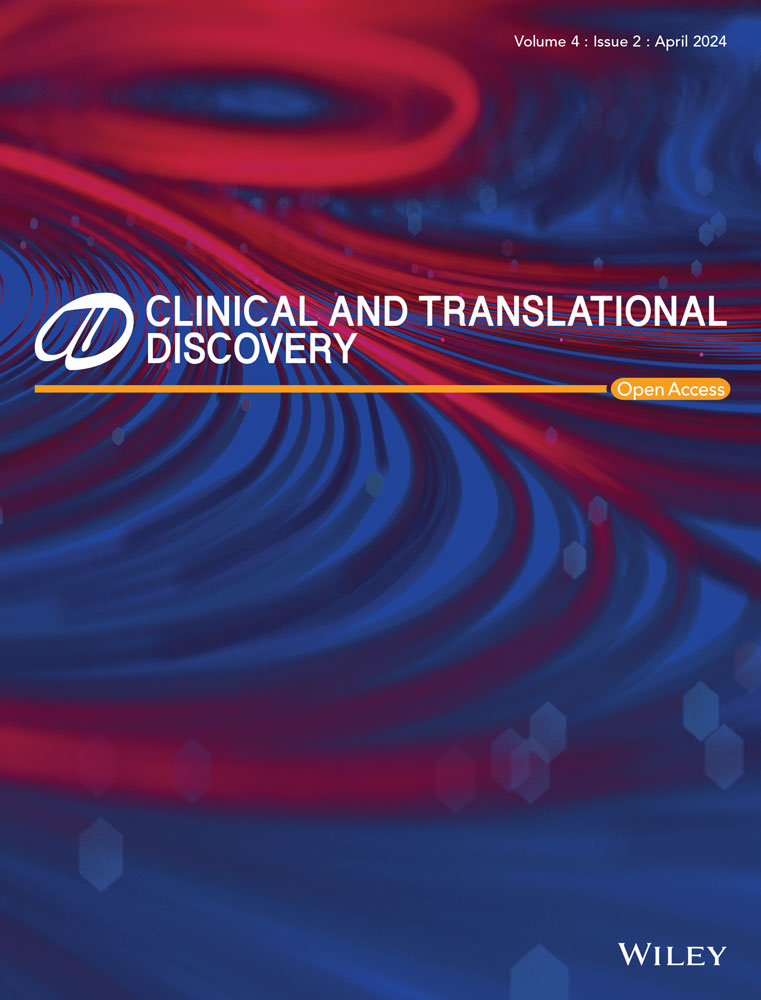Nanomedicine: a frontier of the breast cancer treatment
1 COMMENTARY
Cancer is an unsolved health crisis that affects a large number of world's population.1 Breast cancer is the most challenging problem in the current time and this cancer affects a huge female population every year.2 Several factors are involved in breast cancer such as age, genetic mutation, obesity, food habits, family history, etc. In this situation, we need an affordable, effective, and efficient theranostics approach. This global crisis is addressed via nanomedicine, which is an applied domain of nanotechnology (it is related to cancer diagnosis, sensor, and therapeutics development based on nanomaterials and nanotechnology).3 Nanoparticles based nanomedicine has dynamic application in cancer diagnostic tools development, therapeutic approach development, and several biological molecules transports.4 It is also an effective and specific drug transport vehicle for breast cancer.4 The purpose of nanomedicine is to develop a strong immune response (cellular and humoral immune response together) against cancer. Nanovaccine (majorly based on nanoparticle modification for cellular transport) is more stable, biocompatible, and less toxic.5, 6 Immune response developmentary antigen protein-loaded particles are developed Treg (regulatory T-cells) cells mediated immune response.7 Nanomedicine becomes a promising solution for breast cancer. Nanomaterial size, surface charges, and chemical composition play principleroles in therapeutic release, cytotoxicity, and drug-uptake phenomena.8 The scientific investigation currently highlights that during cancer development and progression, extracellular vesicles (EVs) play a regulatory role in cancer.9 This type of invention introduces a new member of nanomedicine, called EVs. In breast cancer, exosomes (a subpopulation of EVs) regulate several stages of cancer development (cancer cell proliferation, angiogenesis, immune cells suppression, metastasis, and drug and therapeutic-resistance development).10-13 Exosomes cargo molecules are significantly influenced by breast cancer development.10 Blood-circulated exosomes carry signature breast cancer biomarkers (diagnostic and prognostic biomarkers).10, 13 In breast cancer, the most challenging part of early diagnosis. Exosomes-based liquid biopsy is the most efficient approach for screening cancer compared to tissue biopsy.14 The current development of nanomedicine indicates that single exosome profiling, exosome barcoding, exosome sensor, and multi-omic approaches are leading frontier combating for breast cancer.15, 16 Plant-source exosomes (tea leaf exosomes) based nanomedicine also (tea leaf exosomes) show breast cancer healing activity with low toxicity.17 Nanomedicine has become a promising tool for breast cancer targeting therapeutic.18 In the future, nanomedicine may reduce the global burden of breast cancer.
AUTHOR CONTRIBUTIONS
Swarup Sonar: Manuscript writing; Sidhanti Nyahatkar: Manuscript writing; Ketki Kalele: Reviewing; Manab Deb Adhikari: Final Reviewing and editing.
ACKNOWLEDGEMENTS
Not applicable.
CONFLICT OF INTEREST STATEMENT
The authors declare no conflicts of interest.
ETHICS STATEMENT
Not applicable.
Open Research
DATA AVAILABILITY STATEMENT
Data sharing is not applicable to this commentary as no datasets were generated or analysed during the current study.




